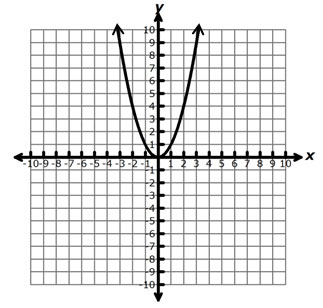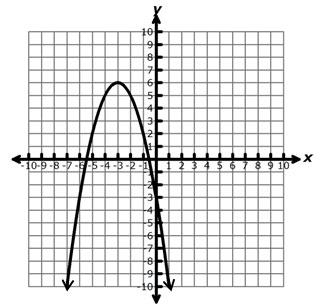In the previous section, you used a generic function to examine patterns in horizontal and vertical translations of functions. At the same time, you should have noticed the effect of the geometric patterns upon the parameters in the algebraic representation of the functions. In this section, you will use similar reasoning to examine how vertical stretches or compressions affect the algebraic representations of the functions.
![]() In the interactive below, stretch or compress the function vertically by using the slider. As you do so, notice how the coordinates change in comparison to the scale factor being used to stretch or compress the function. Use the interactive to help you answer the questions that follow.
In the interactive below, stretch or compress the function vertically by using the slider. As you do so, notice how the coordinates change in comparison to the scale factor being used to stretch or compress the function. Use the interactive to help you answer the questions that follow.
x |
f(x) |
2.5f(x) |
Interactive popup. Assistance may be required.
The graph is a vertical stretch by a factor of 2.5, which matches the coefficient of f(x).
x |
f(x) |
0.25f(x) |
Interactive popup. Assistance may be required.
The graph is a vertical compression by a factor of 0.25, which matches the coefficient of f(x).
Why does a coefficient of f(x) between 0 and 1 generate a vertical compression while a coefficient of f(x) greater than 1 generates a vertical stretch?


If the graph is vertically stretched by a factor of 4, what will be the equation of the new function?

If the graph is vertically compressed by a factor of 1 over 8 1 8 , what will be the equation of the new function?
f(x) = 5(2)x g(x) = 2.4(2)x h(x) = 1 over 7 1 7 (2)x j(x) = 0.75(2)x
Write the functions in order from the least to the greatest vertical stretch.